 Image 1 of 1
Image 1 of 1


Lauda (Wind Band)
Grade 5
Lauda, Latin for “praise” is a two movement work for wind ensemble. The overall structure of the work can be understood somewhat loosely as a prelude and fugue. Both movements explore various uses of counterpoint and contrapuntal devices which have fascinated me since I first encountered them in works of Bach and others.
Grade 5
Lauda, Latin for “praise” is a two movement work for wind ensemble. The overall structure of the work can be understood somewhat loosely as a prelude and fugue. Both movements explore various uses of counterpoint and contrapuntal devices which have fascinated me since I first encountered them in works of Bach and others.
Honorable Mention, 2010 ASCAP/CBDNA Frederick Fennell Wind Ensemble Competition
Pricing
Printed Score Only: $85
Printed Score + Printed Parts: $399.99
Printed Score + Digital PDF Parts: $369.99
Details
Grade 5 – Wind Band
Year of Composition: 2010
2 Movements – Total Length: 16:00
Program Note
Lauda, latin for “Praise” is a two movement work for wind ensemble, written for Mark Scatterday and the Eastman Wind Ensemble during the fall of 2009. The overall structure of the work can be understood somewhat loosely as a prelude and fugue. Both movements explore various uses of counterpoint and contrapuntal devices which have fascinated me since I first encountered them in works of Bach and others.
The first movement, “Montis Dei,” latin for “God’s Mountains,” is based on a continually repeating passacaglia, or ground bass. The ground bass is actually a series of harmonies which grow increasingly complex throughout the movement.
The second movement, “Hymnus Anima Mea,” latin for “Hymn of My Soul,” contains fugal elements throughout. The music also progresses over a pedal point of B for much of the movement, until near the end where the pedal ultimately changes.
The fugal subject is inspired by the Alleluia motive from the Christian hymn “Praise My Soul, the King of Heaven.” This downward scale motive is used in the fugal subject and developed in various ways. After expositions and episodes which incorporate the original fugue subject, the subject in inversion, the countersubject, and both in stretto, the music finally arrives at a climatic point. At this point, the actual hymn tune “Lauda Anima” (the musical hymn tune of “Praise My Soul, the King of Heaven”) emerges from the climactic texture, and leads the movement to the end.
I would like to thank Mark Scatterday and the Eastman Wind Ensemble for their continued support of my music and their incredible dedication to musical excellence.
Grade 4
This work, scored for wind band and narrator, reflects on the Sandy Hook Elementary School tragedy. The piece blends elements of a funeral march and a lament, and near the end of the piece a moving poem is read over the music by a narrator. (This work is also available for orchestra here)
Grade 4
This work depicts the beauty and stillness of early morning, and the warmth that the light brings to the unfolding day.
A song cycle for soprano and piano of six short pieces, with clever, playful texts by Louisa May Alcott. From the light, dance-like opening to the soft, dreamy lullaby at the close, these songs are organized to depict a carefree summer day.
Grade 4
The third and final piece in the Magnolia Star trilogy, American Nocturne depicts a nighttime train ride from New Orleans to Chicago. Inspired by the blues scale and the American railroad, the piece includes jazzy riffs and driving rhythms.
Grade 4/4.5
This piece is inspired by the stunning photographs of deep space taken by the James Webb Space Telescope.
Grade 4
A lyrical exploration of harmonies, motives, and melodies from Robert Schumann’s art song Nachtlied (Op. 96 No. 1).
Grade 3
This piece depicts travels along a quiet New England road. A companion piece to Aaron Copland's Down a Country Lane.
Grade 4
This piece is wholly original music, but also deeply inspired by the work of JS Bach. It opens with a slow chorale, followed by a fast canon section, and ultimately returns to the chorale.
Grade 4/5
Le Voleur is a jazzy and exciting piece inspired by the character Arsene Lupin (The Gentleman Burglar), a character created by the writer Maurice Leblanc in 1905.
Grade 5 Wind Band
A 2-minute fanfare written in celebration of the 100th anniversary of the Eastman School of Music. Also available for brass ensemble.
Grade 5
A work for large choir and wind ensemble that uses the metaphor of a sunrise to evoke the rise of the American West. Commissioned by the University of Nevada, Reno in celebration of its 150th anniversary.
Grade 5
Lamentation for Euphonium and Wind Ensemble is a reflective lament written in memory of euphoniumist Isaiah Ray.
Grade 2
This piece reflects both on the next chapter of our lives after retirement, and the vastness of space beyond our planet. Some scientists believe that there may be another planet in our solar system, far beyond Pluto. This intriguing idea led me to imagine music that is a bit otherworldly, mysterious, and exciting.
Grade 4
A fresh take on a timeless tune, this arrangement begins quietly, includes a flute solo, and gradually builds to a glorious climax.
Grade 3
Originally written for SATB Choir, this lush setting combines an original pastoral melody with the Irish hymn tune ST. COLUMBA. The resulting work is a moving lyrical tribute that includes a number of short solos for flute and clarinet, and incorporates ensemble singing on “oo” at the end of the work.
Grade 5
A 2-minute brass fanfare written in celebration of the 100th anniversary of the Eastman School of Music.
Grade 4/5
Entrata is a work inspired by Gary Green’s photograph “Savannah Church Entrance 2011” and it incorporates music by the English renaissance composer Thomas Tallis.
Grade 4
Three Scenes from Home is comprised of three continuous movements (Bike Ride, Tree House, Outlaws) and is inspired by my childhood adventures playing in the woods behind our house.
Grade 5
A 2-minute fanfare that includes a musical canon, this work is available for wind band, orchestra, string orchestra, or flexible instrumentation.
Grade 5
Lauda, Latin for “praise” is a two movement work for wind ensemble. The overall structure of the work can be understood somewhat loosely as a prelude and fugue. Both movements explore various uses of counterpoint and contrapuntal devices which have fascinated me since I first encountered them in works of Bach and others.
Grade 4
The music of Outlaws comes from the third movement of my piece Three Scenes from Home, which was inspired by my childhood adventures playing in the woods behind our house.
Grade 5
When I was a kid, we’d often travel a few hours north to Vermont for Labor Day, to spend the final days of summer with my extended family. While there, we’d pile in the car to spend a day at the Vermont State Fair. The fair was an exciting, vibrant place, with rides and games, animals, fried dough, and horse racing. This piece captures the sights, sounds, and excitement of a day at the fair.
Also available for orchestra.
This piece is based on one of my favorite sonorities – the major 7th chord. Throughout the piece, I use different voicings of the chord to create harmonies and textures that are sometimes stark, and other times beautiful, reflecting the varying landscapes of winter. The music near the end of the piece moves towards spring, inspired by the simple bird call of the Black-capped Chickadee.
Grade 5
The title of this work is inspired by a quote by Ansel Adams, which seems to perfectly sum up the vision and inspiration for this project: “The whole world is, to me, very much ‘alive’ — all the little growing things, even the rocks. I can’t look at a swell bit of grass and earth, for instance, without feeling the essential life — the things going on within them. The same goes for a mountain, or a bit of the ocean, or a magnificent piece of old wood.”
Grade 4
For This Brave New Day depicts a sunrise and the progression from quiet morning to a day alive with music.
Grade 4
Based on an original chorale tune and inspired by Grainger’s Irish Tune from County Derry (one of my favorite pieces), this work is a simple yet powerful piece with a soaring melody and rich harmonies.


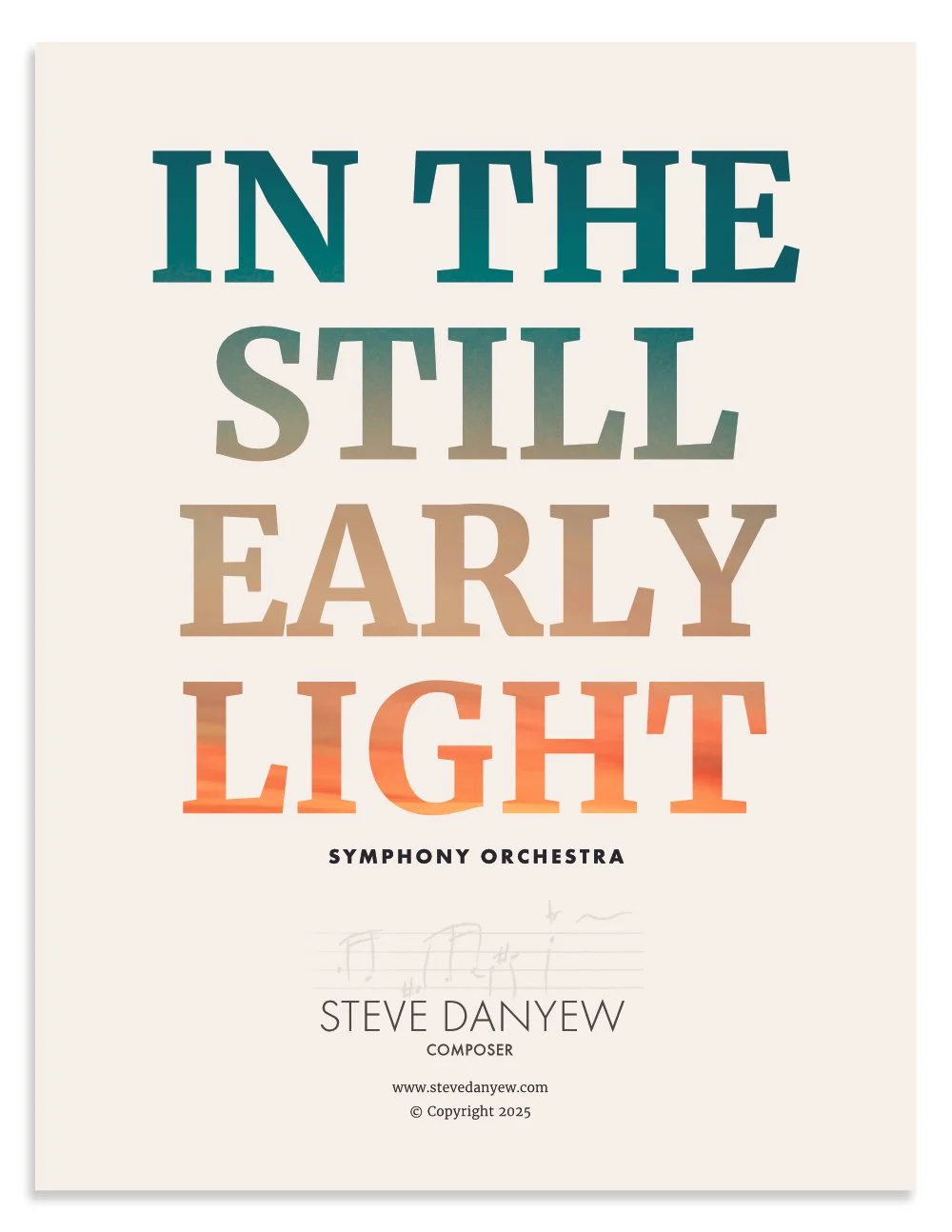


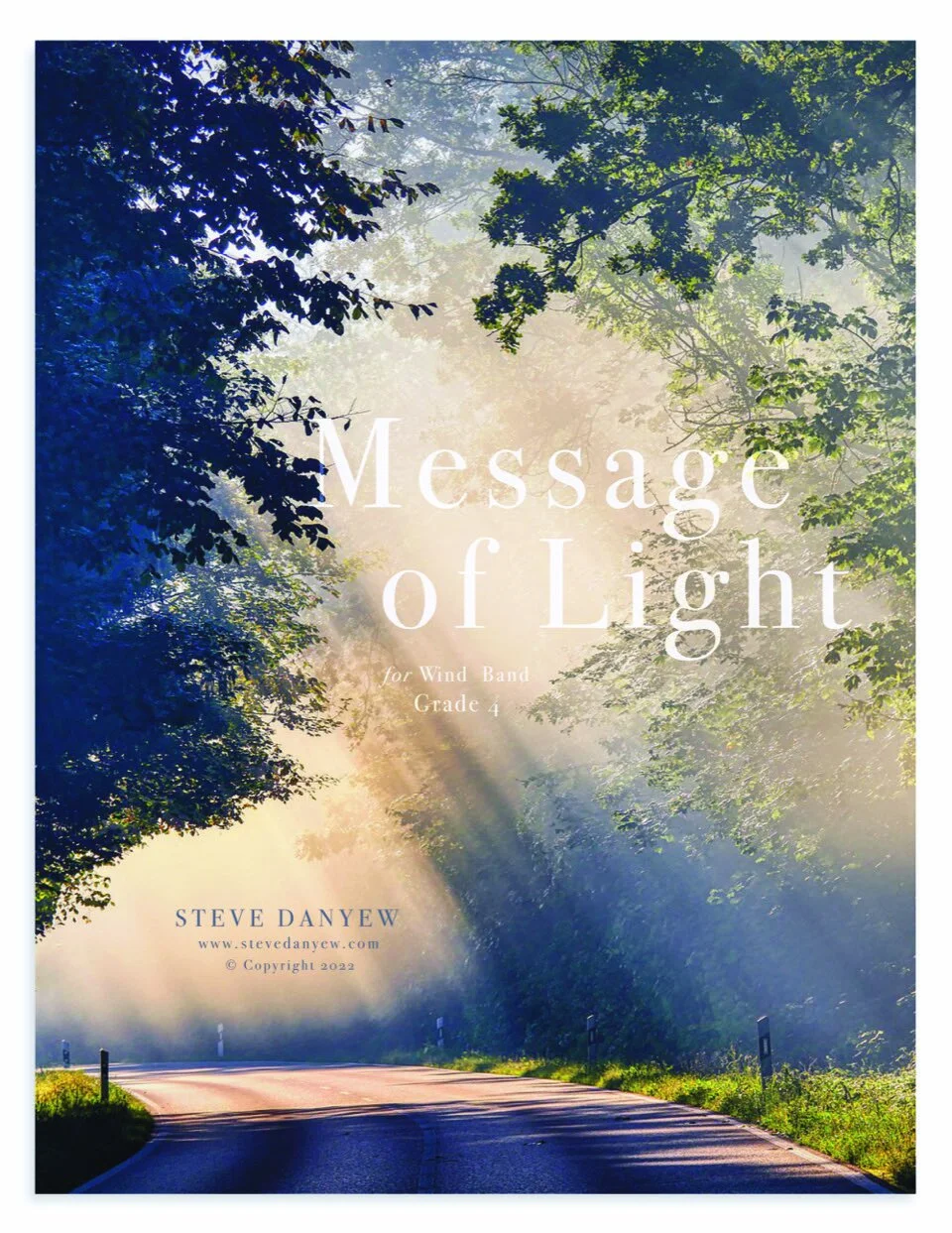

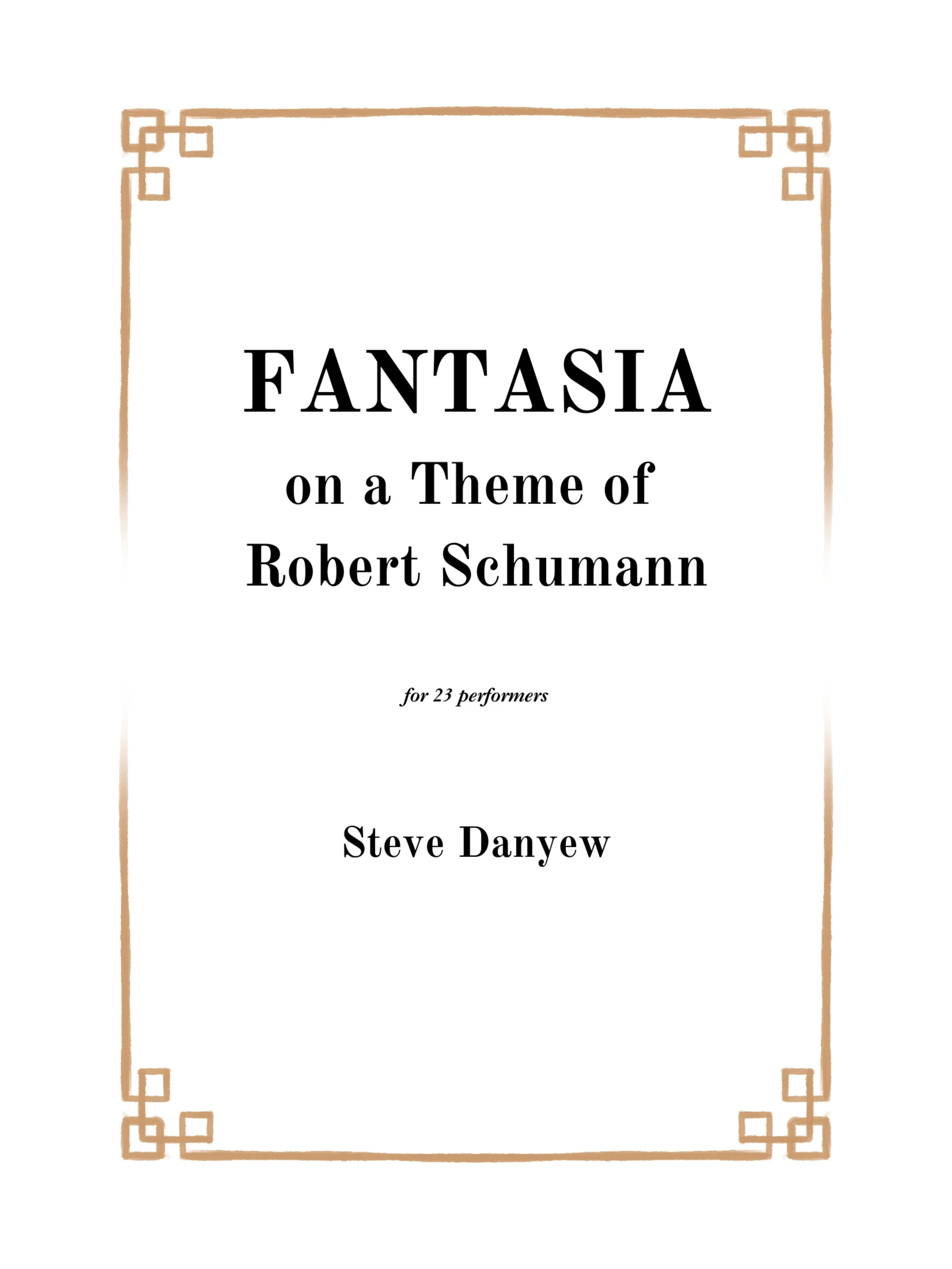

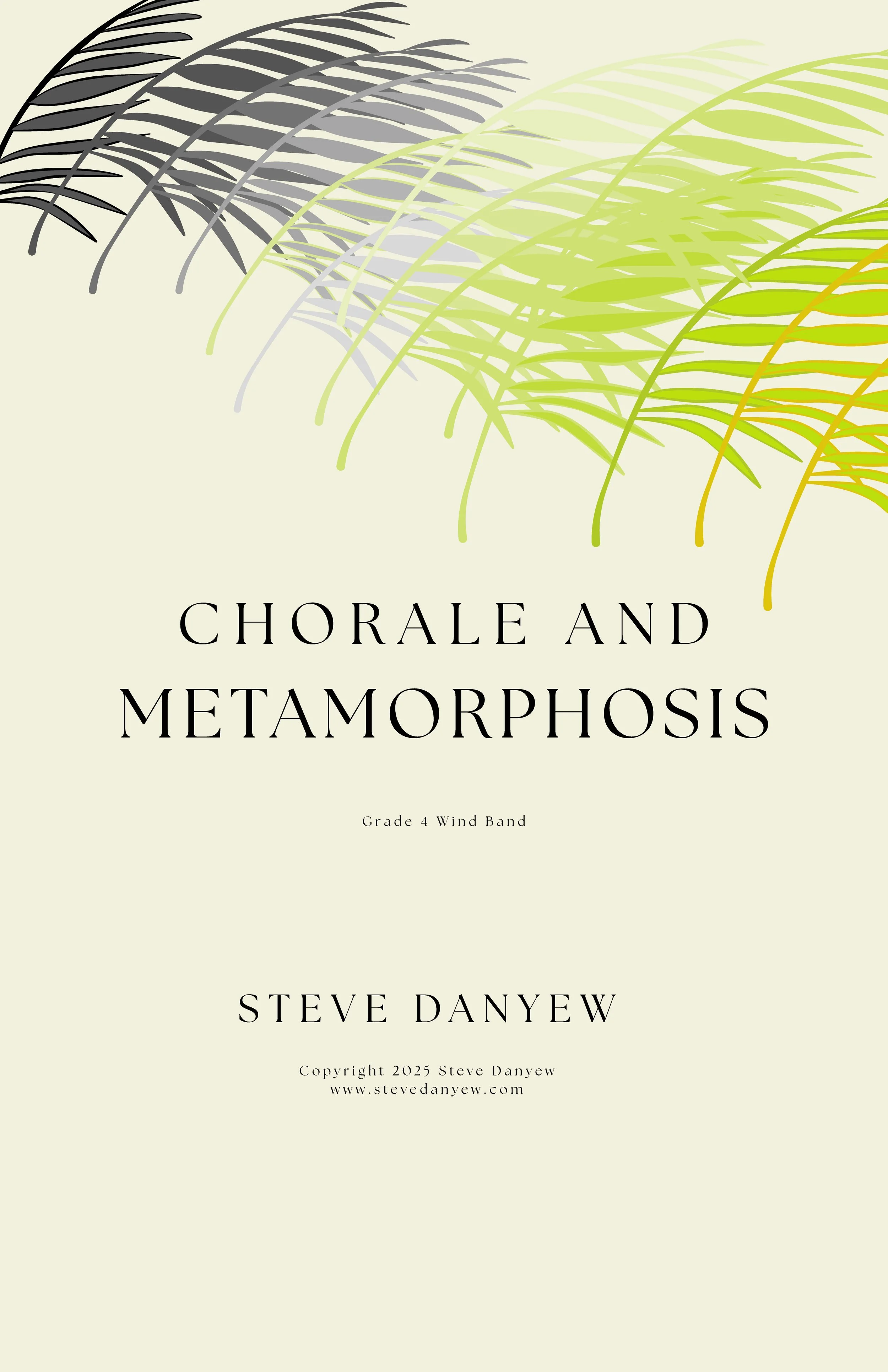




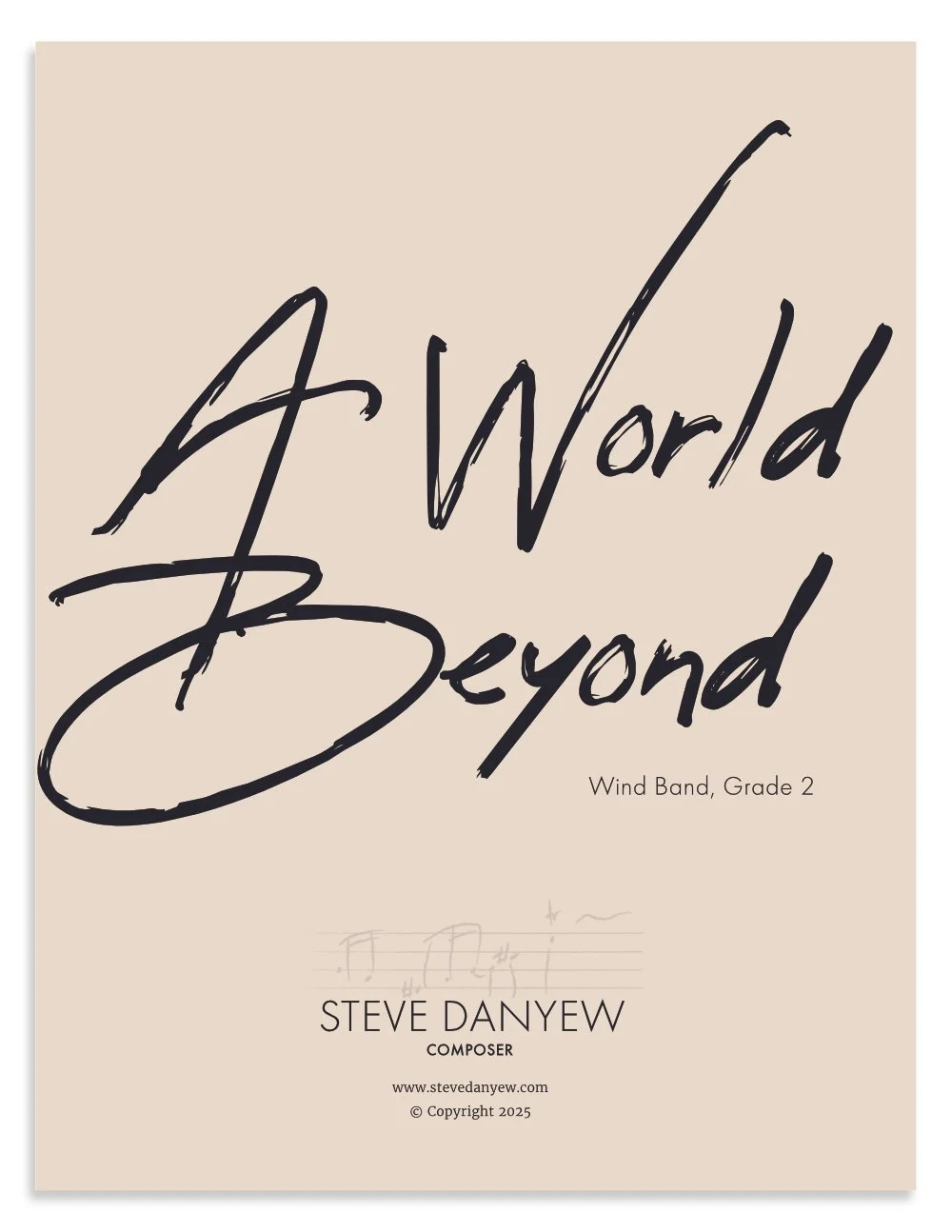















Grade 5
Magnolia Star is a sparkling, energetic piece for wind band (Grade 5) based on the blues scale and inspired by the American railroad.